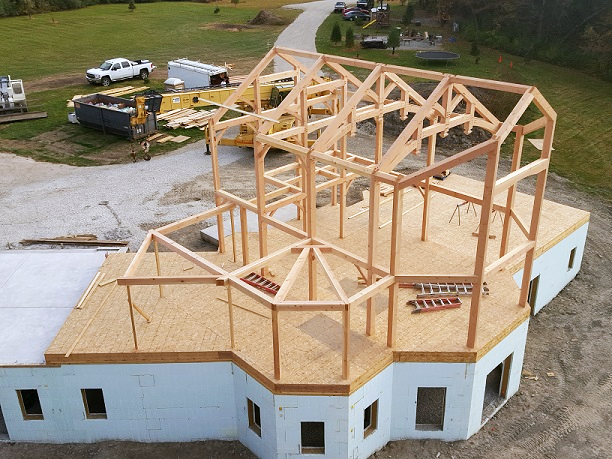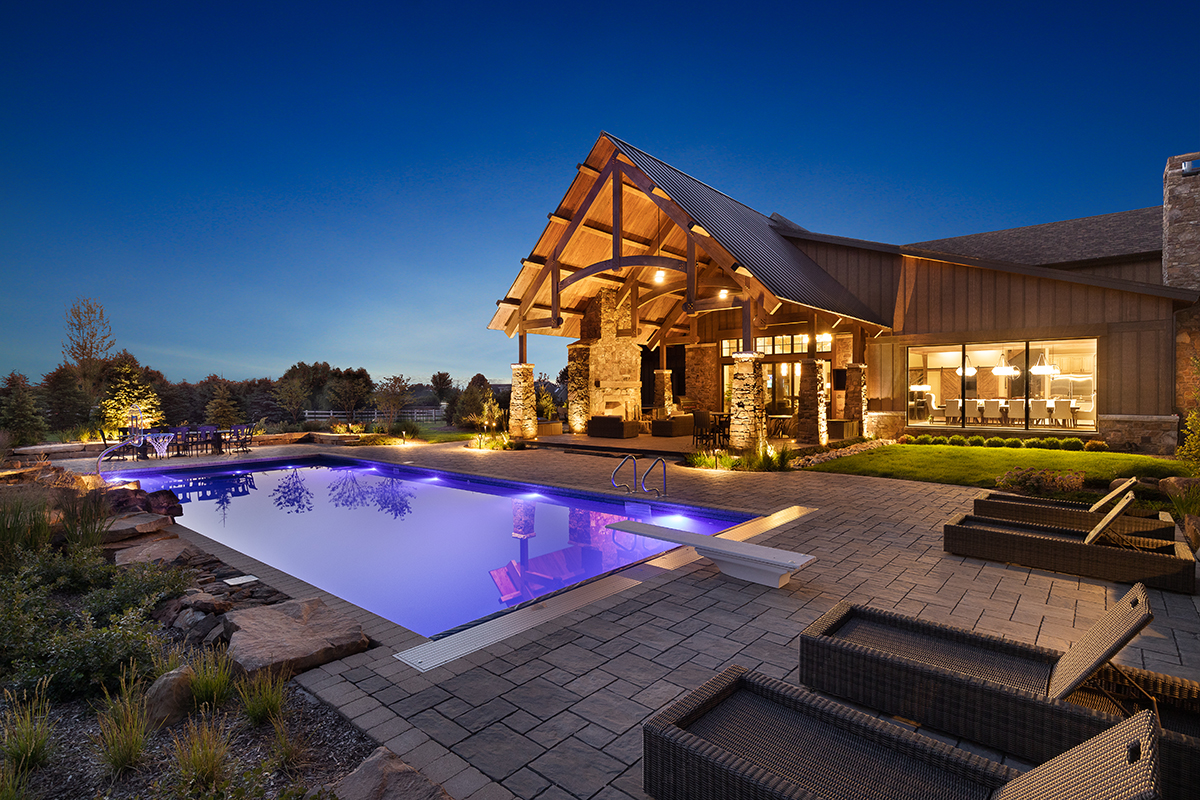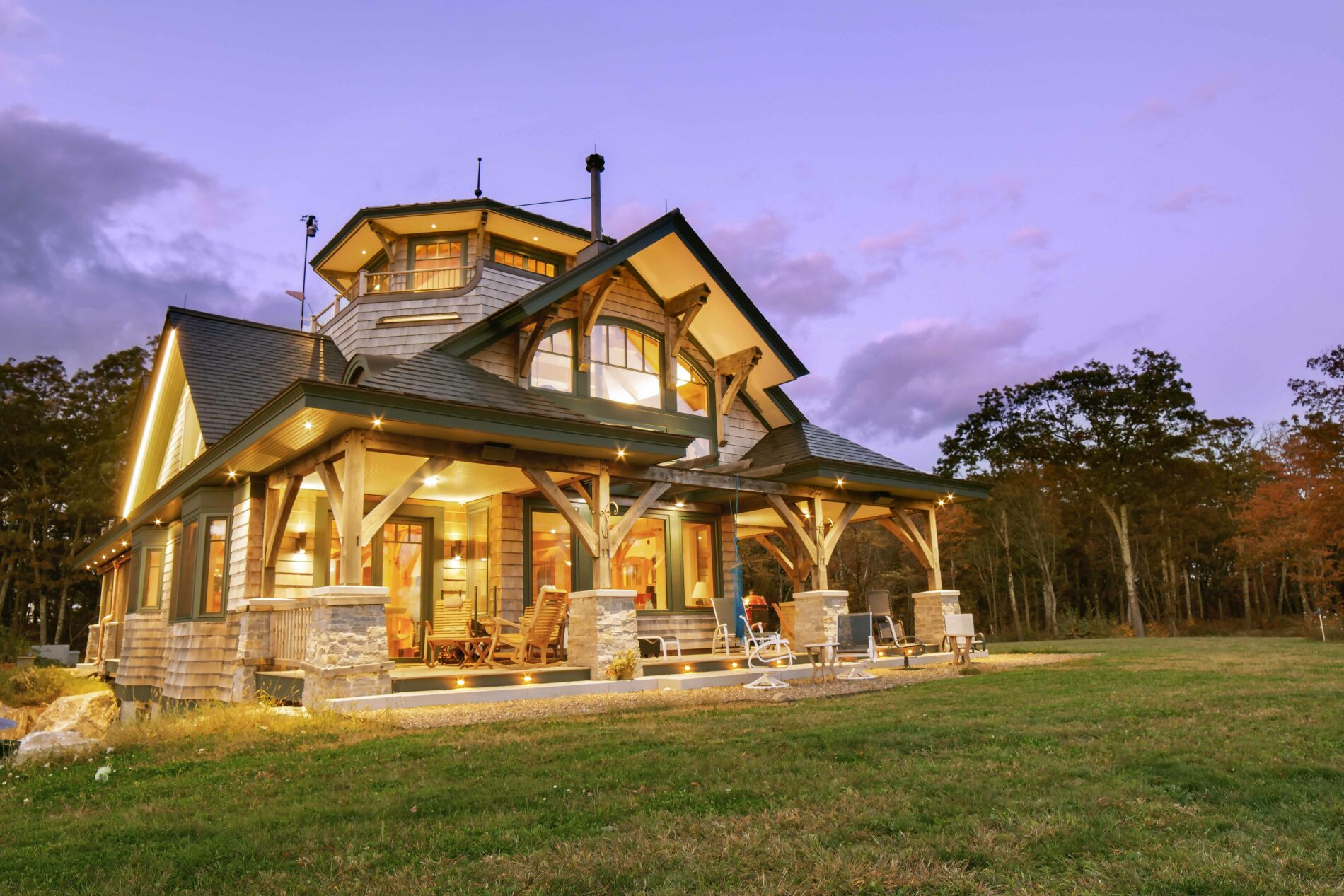If you are in the market for a home, you may be concerned by recent news about building material and labor shortages. This is understandable, since 2020 and 2021 have been roller coaster years for the lumber and building material suppliers. Today we will look at why this situation happened, and how the cost of timber frame homes made using Woodhouse’s innovative building system have avoided the worst effects of the current market, making timeless custom timber frame homes more cost-competitive than ever when compared to conventional building methods.
Early in 2020, when the pandemic was just getting started, lumber prices fell and stayed relatively low. With construction operations shut down in many locations and lumber futures plummeting, lumber mills and other processing facilities had a surplus of materials. As a result, some lumber mills were shut down.
What happened was the exact opposite of what the industry expected. Homeowners, stuck at home during the pandemic, began home remodeling projects at record rates. At the same time, a migration began from cities to rural homes. These trends, plus low-interest mortgage rates and new construction financing led to a boom in the home building and remodeling industries. As the need for lumber continued to increase, suppliers have not been able to keep pace with demand, resulting in lumber costs quadrupling in some regions.
“Instead of demand for materials going down as predicted, everyone ran out to purchase lumber for their pandemic projects,” says Pat Seaman, president and owner of Woodhouse: The Timber Frame Company (Mansfield, PA), “and the supply chain has not recovered.”
However, there is hope! The cost increases over 2020 and 2021 are mostly confined to conventional home construction. While conventional construction materials have seen price increases of up to 500%, Woodhouse’s custom and pre-designed timber frame homes utilizing our distinct building system have seen an increase of only 15-20% on average.
With the right timber frame supplier, now is an excellent time to build your custom timber frame home.
How Woodhouse Can Help
“While the building materials market remains challenging, Woodhouse can help new home buyers get into a timeless timber frame forever home at a competitive cost”, says Craig Johnson, vice president of sales and marketing.
“Woodhouse’s innovative building system minimizes the amount of lumber needed to construct a home, thereby reducing material costs,” Johnson says. “The Woodhouse building system is also faster to build on-site compared to conventional construction because we use all pre-cut components. This quicker build time saves homebuyers on construction financing and interest.”
A timber frame can use less than 200 structural pieces to frame a home, compared to the thousands of 2 x 4 or 2 x 6 studs used in conventional stick framing. This reduction in the number of materials needed is one of the main reasons timber frame construction costs are now more competitive with conventional stick framing.
To put this in real-world terms let us look at the price of 2 x 4 x 96-inch whitewood studs at Home Depot: in June 2020, at your typical Home Depot in upstate New York, these studs would cost $3.22 each. In June 2021, at the same Home Depot, that same stud would cost you $7.82. It may not sound like much individually, but that is a 242% increase in one year. When you think about the thousands of studs that go into a stick-framed house, the increase is enough to water one’s eyes.
Woodhouse, on the other hand, uses structural insulated panels (SIPs) to enclose the timber frame, dramatically reducing the need for traditional 2×4 or 2×6 framing.

“I’ve been watching the inflation of conventional materials costs and this year you’re paying as much for a conventional home as a timber frame,” says Pat.
Seaman tracked the costs at Home Depot, a popular supplier for builders. He specifically targeted three commonly used standard materials: plywood, subflooring, and studs. Here is more of what he found:
- Oriented strand board (OSB), a common form of plywood used to sheet homes, rose from $7.99 in February 2020 to $42.85 by June 2021 = +536%.
- AdvanTech® subfloor sheet in a standard three-quarter inch thickness more than doubled from a pre-pandemic cost of $27 to its current $83 for the same sheet = +307%.
Woodhouse’s comparatively steady construction costs are attributed to several factors.
For starters, they buy whole timbers and cut them using CNC technology at the Woodhouse campus in Mansfield, PA. With this method the resulting timber frame can easily be customized to fit your home’s exact design, increasing the pace of construction when the frame is delivered to the site of your home.
The timbers that Woodhouse uses cost around the same as before the pandemic, while the Andersen doors and windows they use only experienced their typical 3% annual rise in price. The SIPs, however, did experience a small increase because they are partly constructed with OSB. However, this cost increase is largely offset by savings attributed to Woodhouse’s efficient practices and supply chain, leading to only a 15-20% overall increase when everything is factored in, which is minimal when compared with 200-500% increases in retail construction material costs.
Less Waste Means Cost Savings
In conventional stick frame construction, 2x4s or 2x6s arrive on the job site in bulk and then must be cut to fit before assembly. With SIP construction, every component is pre-designed, engineered, and cut to fit with CNC technology before shipping to the job site. This saves the homebuyer money on lumber waste that would otherwise end up in a landfill.
Not to mention, SIP construction gives your home a tighter envelope, making your home significantly more energy-efficient and giving more control over indoor air quality.
Less Labor Reduces Costs
Compounding the situation with increased material costs are concerns about labor shortages in the building sector. Here too Woodhouse has some advantages that can help ease concerns: The polyurethane SIPs Woodhouse uses in its building system have a tongue-and-groove edge profile cut into each panel edge, assuring a quick and proper alignment of panel-to-panel joints.
All the panels are cut with state-of-the-art CNC machinery, including door and window openings, reducing the amount of time to enclose your new timber frame. Electrical chases are also cut into each panel at the factory, and interior-facing oriented strand board (OSB) creates a contiguous nailing surface, making interior finishes fast and easy. With all interior and exterior walls pre-cut and ready to assemble at the job site, the amount of crucial contractor labor is reduced by 20% to 60% when compared to conventional construction.

Getting Started
If you are ready to get started on your forever timber frame home, then make use of the Dream Home Budget Calculator. Enter your choices among 20 key variables and the calculator will provide you with a cost summary. It is fast, free to use, and is regularly updated with the latest data to ensure accuracy.
“It’s a great educational tool to help our client understand how much it costs to build in a particular region,” Johnson says. “As they go through the 20 questions, they quickly understand how their decisions influence the budget. We encourage visitors to use the calculator multiple times, with different selections each time, to see how those decisions affect their budget. We update the data within the calculator quarterly, using regional and national construction averages, so it is remarkably accurate in developing a ballpark budget.”
If you have questions or are ready to get started, use our Where We Build page to select your state and find your local regional project manager, who will be happy to help.





